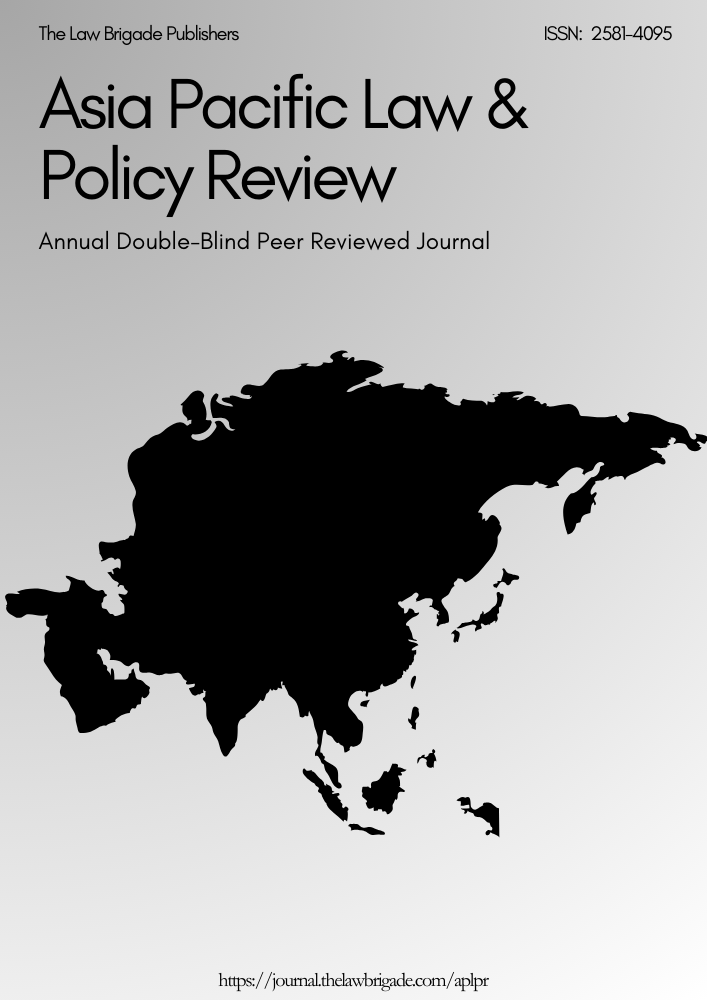PROTECTING INDIGENOUS LAND RIGHTS: MARK OF CONFLICT OR MEASURE FOR SOCIAL EQUALITY
Keywords:
INDIGENOUS, SOCIAL EQUALITY, LAND RIGHTSAbstract
In the words of Joan Carling, Advisory Board Member of Land Rights Now “Communities around the world rely on their families. But their lands also feed the world”. One of the important aspect of human survival or sustenance is based upon the land and its subsidiaries that is the product of the land. No one can be denied the access to the resource and outsourcing a group or community of people just because he/ she are claiming their rights upon the land being customary possession or protector of their land. Yet, the indigenous and local communities who have protected these lands for centuries, legally just own one- fifth. These lands not only fulfil the purpose of sustenance of local people. But it serves many purposes like community lands acts like biodiversity hot spots, it reduces massive carbon emission, it can boost farmers’ productivity. Indigenous lands protects women right to hold the property. It helps small scale food producers to protect and sustain diverse food cultures and landscapes. The only way to minimize the control of indigenous and ethnic properties to be converted into private properties by the industrialists to fulfill their sole purpose to extract money can easily be controlled by the promoting and protecting the interests of the these local communities. They are basic source of the traditional knowledge.
Downloads
Downloads
Published
Issue
Section
License

This work is licensed under a Creative Commons Attribution-NonCommercial-ShareAlike 4.0 International License.
License Terms
Ownership and Licensing:
Authors of research papers submitted to any journal published by The Law Brigade Publishers retain the copyright of their work while granting the journal specific rights. Authors maintain ownership of the copyright and grant the journal the right of first publication. Simultaneously, authors agree to license their research papers under the Creative Commons Attribution-ShareAlike 4.0 International (CC BY-SA 4.0) License.
License Permissions:
Under the CC BY-SA 4.0 License, others are permitted to share and adapt the work, even for commercial purposes, provided that appropriate attribution is given to the authors, and acknowledgment is made of the initial publication by The Law Brigade Publishers. This license encourages the broad dissemination and reuse of research papers while ensuring that the original work is properly credited.
Additional Distribution Arrangements:
Authors are free to enter into separate, non-exclusive contractual arrangements for distributing the published version of the work (e.g., posting it to institutional repositories or publishing it in books), provided that the original publication by The Law Brigade Publishers is acknowledged.
Online Posting:
Authors are encouraged to share their work online (e.g., in institutional repositories or on personal websites) both prior to submission and after publication. This practice can facilitate productive exchanges and increase the visibility and citation of the work.
Responsibility and Liability:
Authors are responsible for ensuring that their submitted research papers do not infringe on the copyright, privacy, or other rights of third parties. The Law Brigade Publishers disclaims any liability for any copyright infringement or violation of third-party rights within the submitted research papers.


